I’m going to lose hours playing cards in Final Fantasy 7 Rebirth
The grasslands stretch out before me, their vibrant greens and blues a stark contrast to the polluted, maze-like city of Midgar. The map screen offers a tantalizing preview of the expansive region, with icons beckoning me toward the main quest. Yet, all I can think about is playing more cards.
While the original Final Fantasy 7 featured a variety of minigames, it lacked a card game. This was rectified in Final Fantasy 8 with the introduction of Triple Triad, which later made a return in Final Fantasy 14. Final Fantasy 9 also contributed with Tetra Master, later incorporated into Final Fantasy 11. These card games have become some of the most beloved minigames in the series, even inspiring a real-life trading card game.
This brings us to Final Fantasy 7 Rebirth. The game features a card game called Queen’s Blood, which not only serves as an enjoyable diversion but exemplifies how Square Enix has enriched the game with content designed to keep players engaged beyond the main storyline. Perhaps even a bit too much.
So, how does Queen’s Blood work? Players build a deck of 15 cards based on the monsters encountered throughout the game. Each card features a power number, a number of pawns, and a Tetris-style shape. The game is played on a board divided into three lanes, with players starting from opposite sides.
The objective is straightforward: accumulate the most points in each lane. Players can place cards wherever there are pawns, with the Tetris shapes determining additional pawns added to the grid. This mechanic allows players to spread out and block their opponents. Overlapping shapes increases the number of pawns, enabling the use of more powerful and costly cards.
Some cards come with abilities that can boost the power of cards in specific squares. Thus, strategic placement is crucial, especially since cards are randomly shuffled into your hand.
At first glance, Queen’s Blood appears deceptively simple, and I breezed through the initial matches. Quickly deploying cards to spread pawns across the grid seemed effective. However, if opponents play cards that overlap their pawns with yours, they seize control of that space, disrupting your advantage. Therefore, a more measured approach is essential for success.
While matches can be relatively quick, they allow ample room for tactical play. I’ve already found myself losing track of time in this engaging card game. Although it could risk becoming repetitive, expanding the deck with new cards and intricate shapes introduces fresh layers of strategy. After three matches, I reached the Blood Peasant rank, and I’m eager to climb the ranks even higher. Just call me the card vampire.
Beyond the competitive nature, Queen’s Blood offers a humorous experience. I faced off against a man who continuously cried (apparently enhancing his strength), a woman who barricaded herself with cardboard boxes, and a ventriloquist child whose voice sounded like she had smoked five packs of cigarettes a day. Even with the overarching threats of an evil corporation depleting the planet’s life force and a crazed war hero on the loose, there’s always time to pause and engage in a whimsical card game with a quirky character. This offbeat humor adds a refreshing contrast to the often somber themes of the main storyline.
Beyond Queen’s Blood, Final Fantasy 7 Rebirth is packed with numerous side activities. The once quiet village of Kalm has transformed into a lively town filled with opportunities. I enjoyed street musicians and even spotted a moogle cake vendor. I visited a bookstore to read a folio that unlocked customisation skill trees, reminiscent of Final Fantasy 10’s Sphere Grid. In Nibelheim, I stopped by Tifa’s house to play piano and managed a decent rendition of the game’s iconic theme, although she scolded me for rummaging through her closet.
As I ventured into the open world, I rode a chocobo, a precursor to full chocobo racing in the Gold Saucer. I gathered materials for item transmutation and encountered Chadley, who offered battle training and introduced towers on the map that unlock further activities—most of which I couldn’t explore in this preview. Soon, I was herding playful moogles into a pen while they playfully tossed bubbles at me, eager to uncover what else the game had in store.
There’s an abundance of distractions that almost feels overly generous, a luxury afforded by the game’s trilogy format that Square Enix has fully embraced. Although I intended to confront the infamous Midgar Zolom as part of the main quest, I found myself consistently sidetracked by the plethora of activities, enemies to challenge, and new card players to engage with. I could easily lose hours in this vibrant world.
Will this abundance of content become overwhelming? Perhaps, but for now, I welcome it. Any excuse to immerse myself further in the world of Final Fantasy 7 is a treat, and with an abundance of fan service throughout Rebirth, it’s clear that the developers aim to please the community.






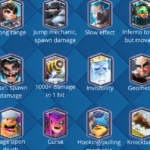

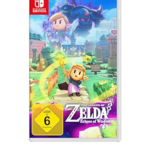




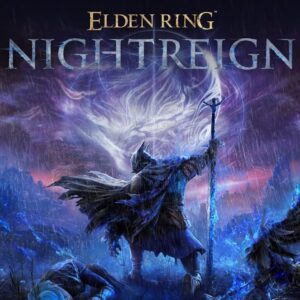




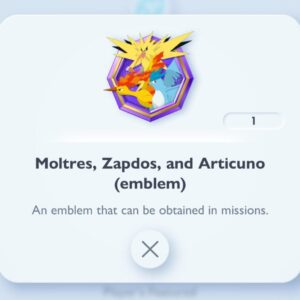
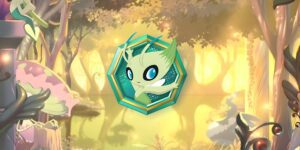




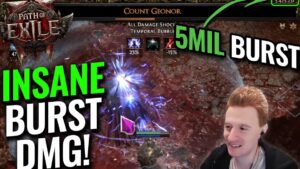


Post Comment